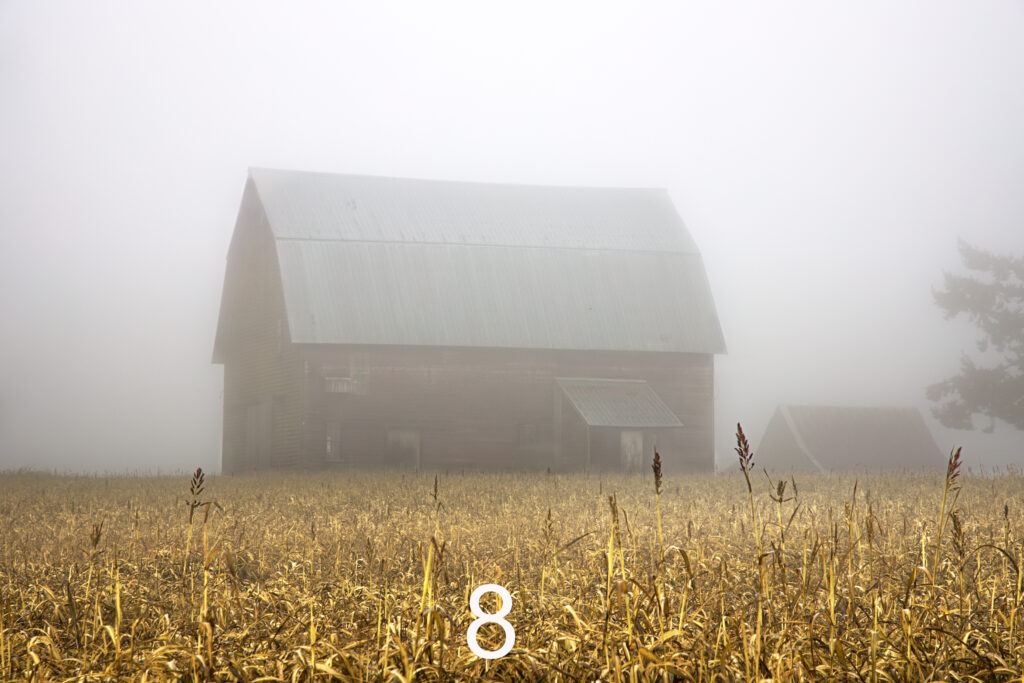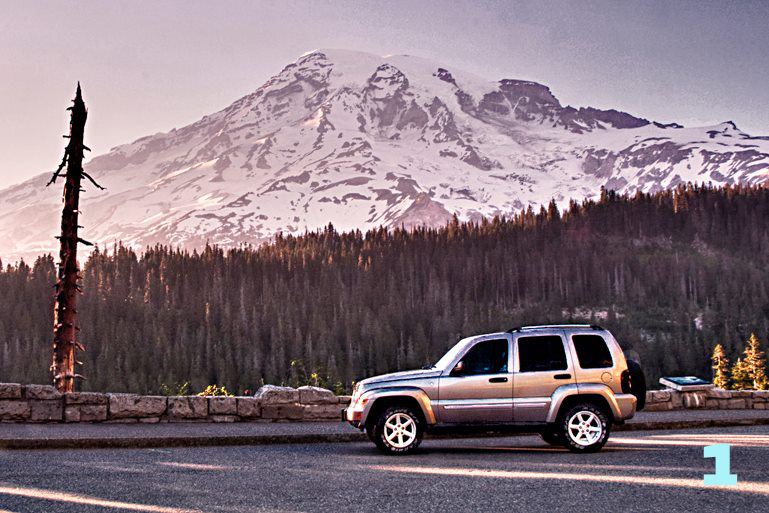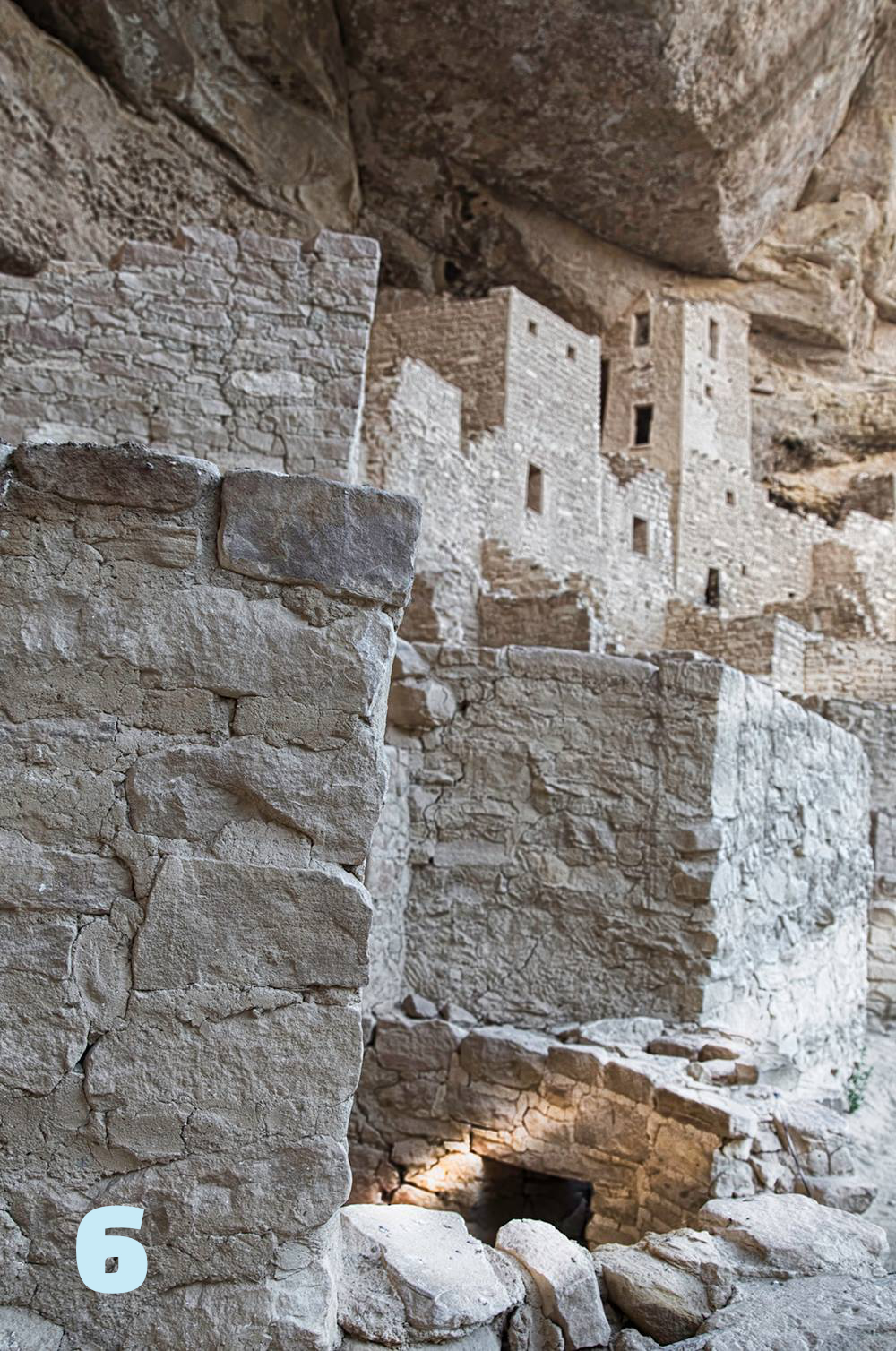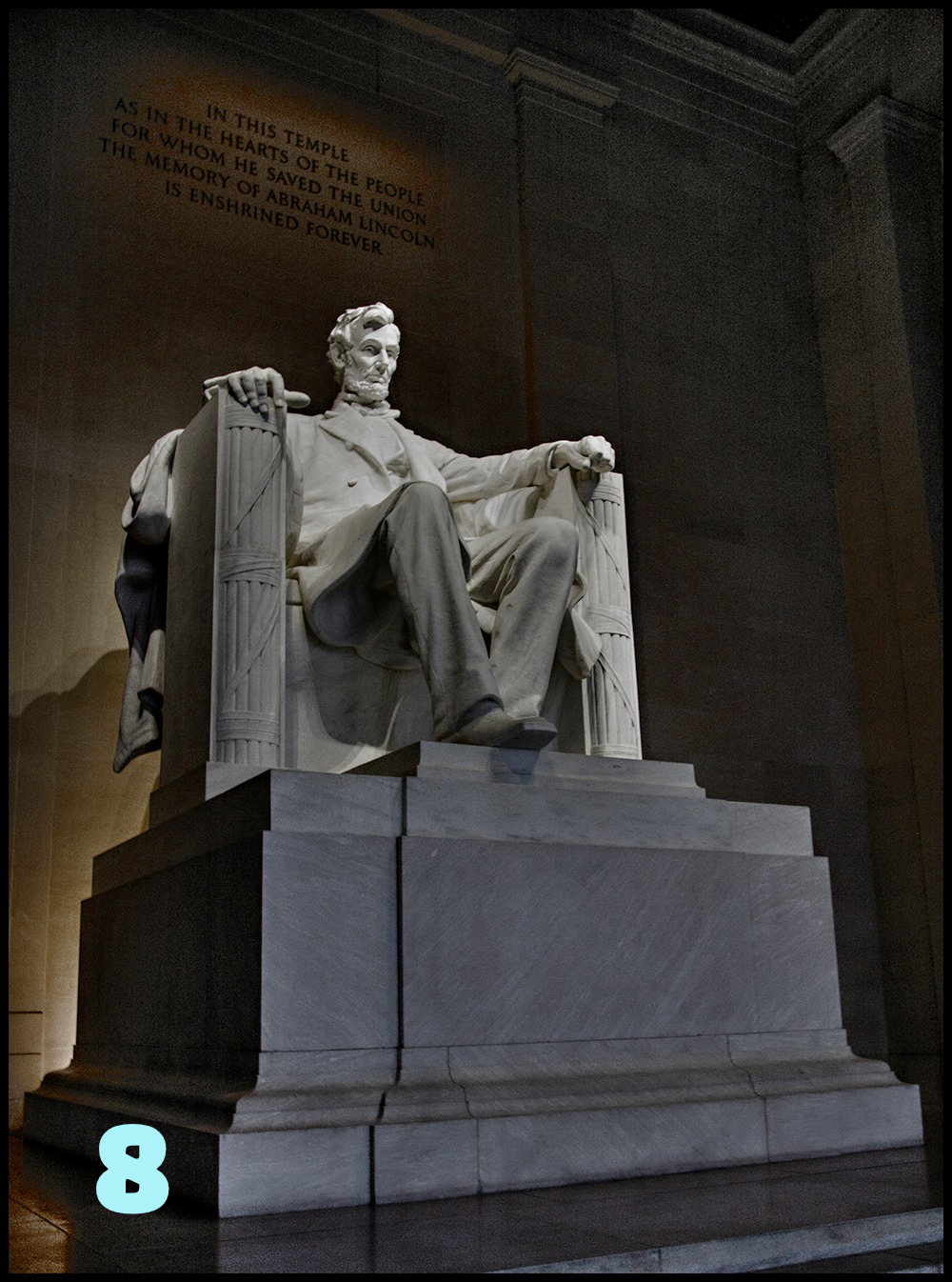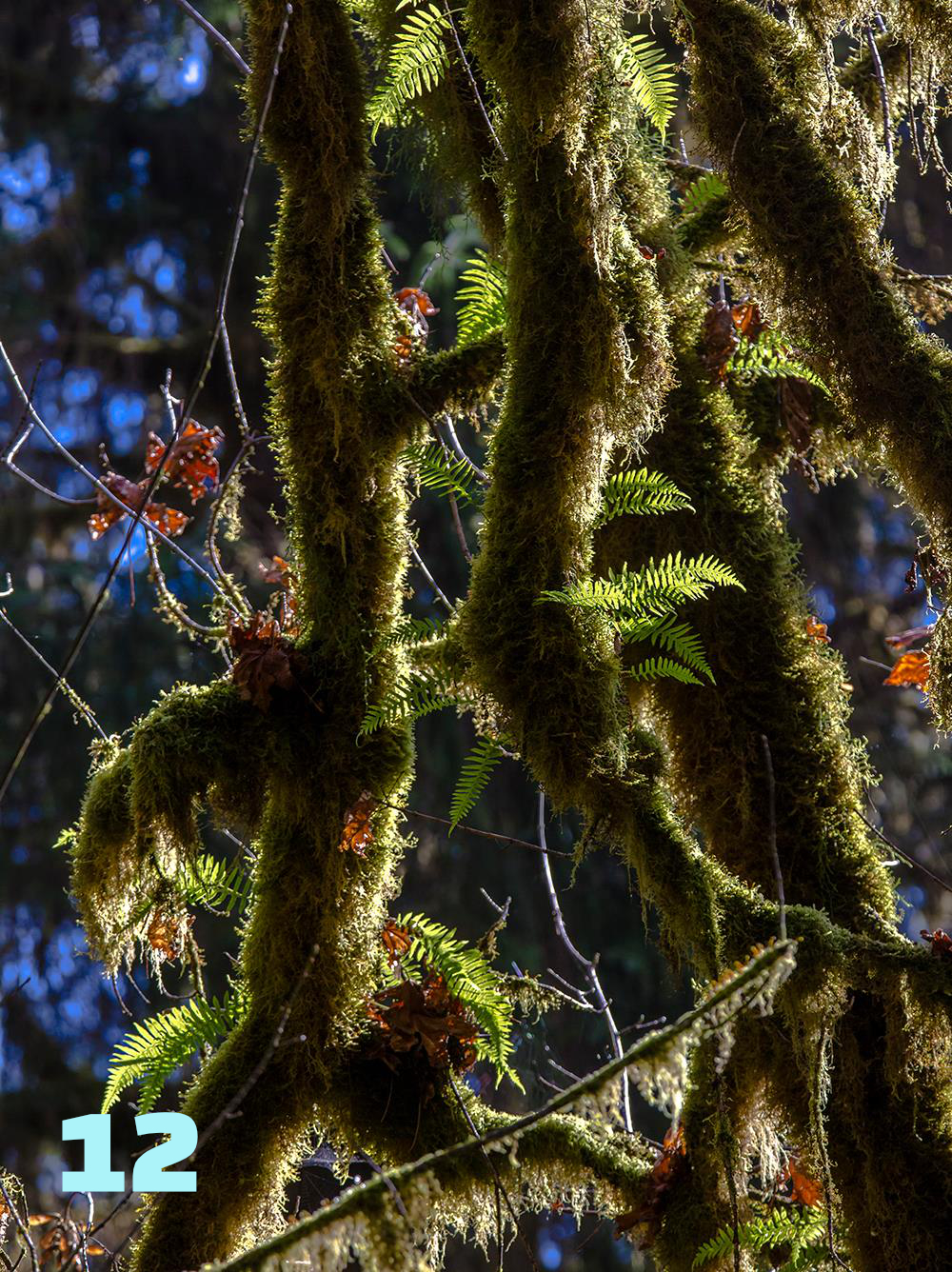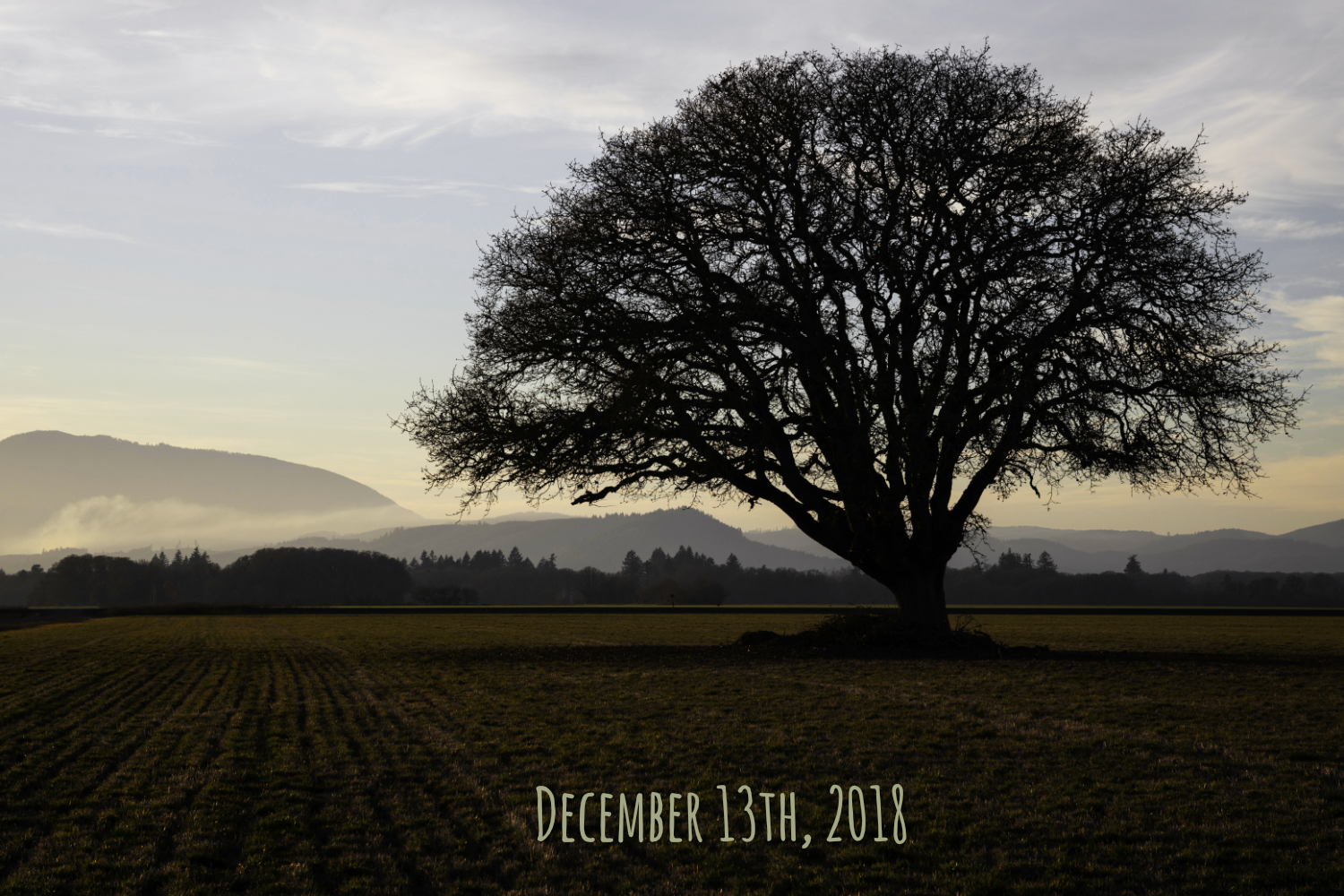There is a term for a photography technique taken from the Japanese word for “blurry” called boke(h). This can be achieved by setting your camera’s aperture to its widest open setting (for example F1.8) which essentially speeds up the exposure and to various degrees, only shows the nearby focused object clearly and gives the background a dreamy sort of blurred background. This can also be achieved in post processing by creating something called the Orton Effect. This is great when you really want to de-emphasize the background causing the viewer to instead focus in on what you want them to see.
But nature itself has one great form of weather that achieves this effect without doing anything. As a photographer, I cherish any morning I wake up to see a heavy fog, my creative spirits rise. It is a magical time. One of my favorite places to go is any place I can find trees. Forest scenes that in daylight can be chaotic just because of the shear amount of subjects, slowly disappear in stages in fog or mist. And if you are lucky enough to add a little backlight from some clear sky somewhere above, the results can be even more amazing.
As I venture further and further into my journey into fine art, I find myself learning my favorite scenes are simple and intimate. Yes, the grand awe inspiring great vistas like the Grand Canyon allow us to see how spectacular our world can be, and sometimes I love to show that. But there is something so peaceful and calming about a misty scene that not only is invoked in a photo, but really expresses the feeling one gets when being there in person.
Fog is my friend and my meditation.
#1 This might just be my all time favorite photo I’ve ever taken and is actually only about eight miles from my front door. The feeling of a path that goes into the unknown is created directly from the mist.
#2 Again, having a leading line to something interesting is usually what I look for, but with mist, there is a sense of infinity where what we are looking at seems to go on forever. This is achieved wonderfully with this late fall filbert orchard.
#3 Unlike the complexity of the two photos above this one, the mist here creates a wonderful neutral background for the silhouetted and interesting shapes of the trees in this large meadow.
#4 Just the opposite of the sense of infinity created in the orchard photo of #2, the fog in the opening of this grove of trees leads you to an interesting tree at the end. Taken on a college campus, it also erases the addition of the buildings beyond.
#5 Mist easily lends itself to finding the abstract in a study of nature’s shapes and structures. I love to take out my very long zoom lens to look for isolated parts such as these two overlapping trees.
#6 Again with a neutral gray misty background, the colors of foreground can pop and intensify for an overall great scene such as this grove of White Birch trees very close to where I live.
#7 I actually was in the hunt for this beautiful scene of Oregon’s Mt. Hood and was looking for a great foreground element, but then the fog completely enveloped the area making the mountain disappear. At first I was disappointed until I looked around to see the sunrise sun mixing with the sun and the wonderful silhouetted trees in the foreground. A missed opportunity actually led me to one of my all time favorite tree photos.
#8 Trees and forests are not the only things that can be enhanced by mist as shown with this wonderful barn with the field in the foreground.
#9 Fog comes in many forms, but one of my favorites is an inversion where it hangs low to the ground. It can swirl and by being patient, different elements can be unveiled or disappear. This shot of the Phantom Ship in Oregon’s Crater Lake National Park illustrates this very well.








